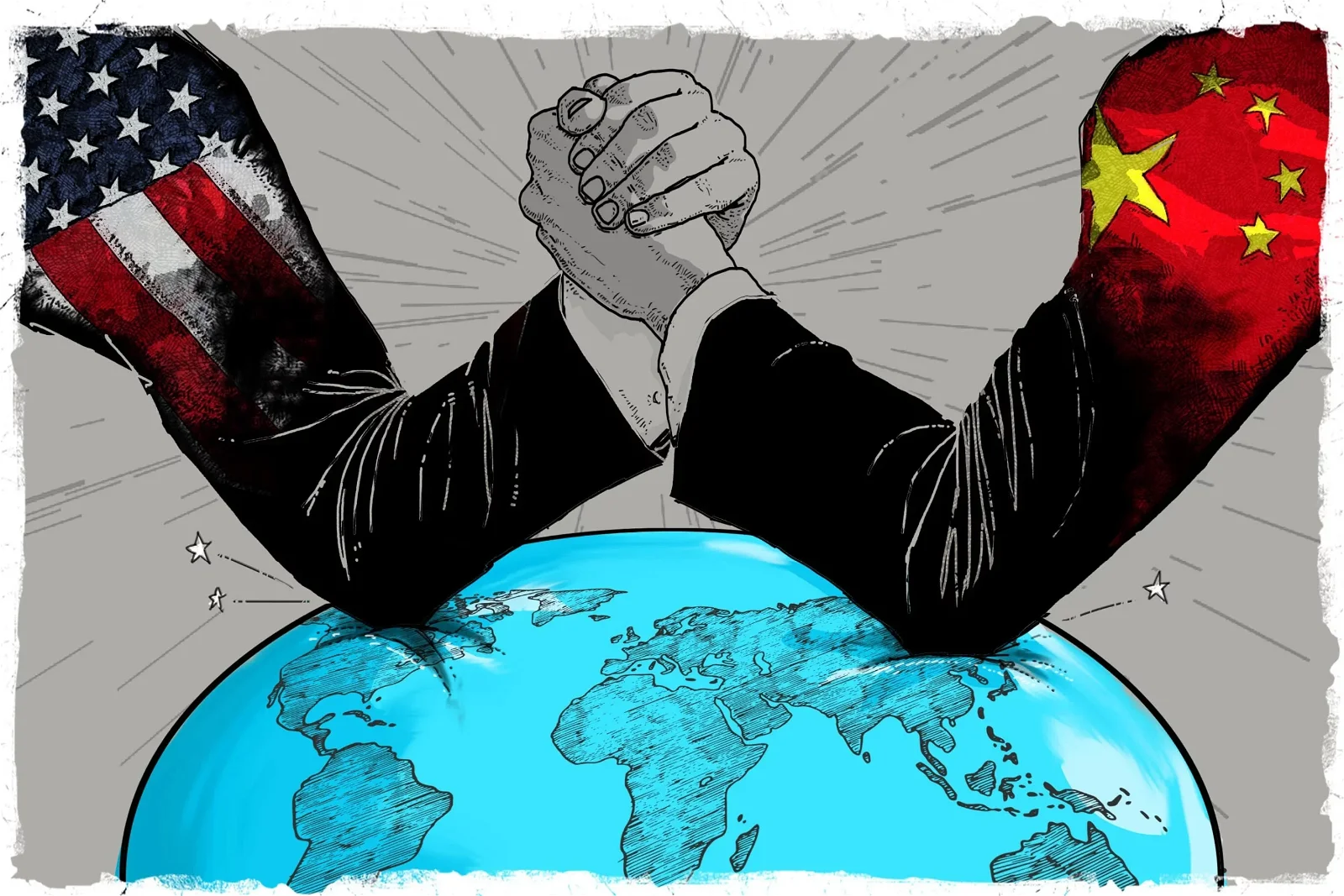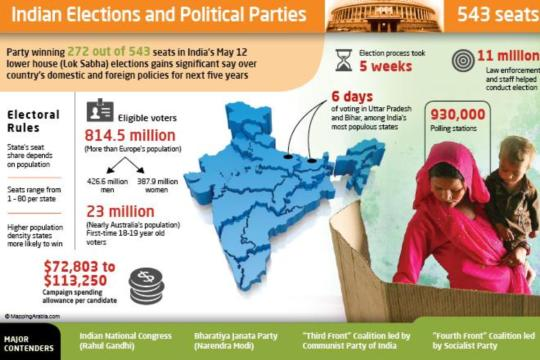
Chabahar Port
Subscribers of "Current Affairs" course can Download Daily Current Affairs in PDF/DOC
Subscribe to Never Miss an Important Update! Assured Discounts on New Products!
Must Join PMF IAS Telegram Channel & PMF IAS History Telegram Channel
- Context (IE): During a visit to Iran, EAM S Jaishankar held discussions about establishing a long-term cooperation framework for the Chabahar port.
Chabahar Port
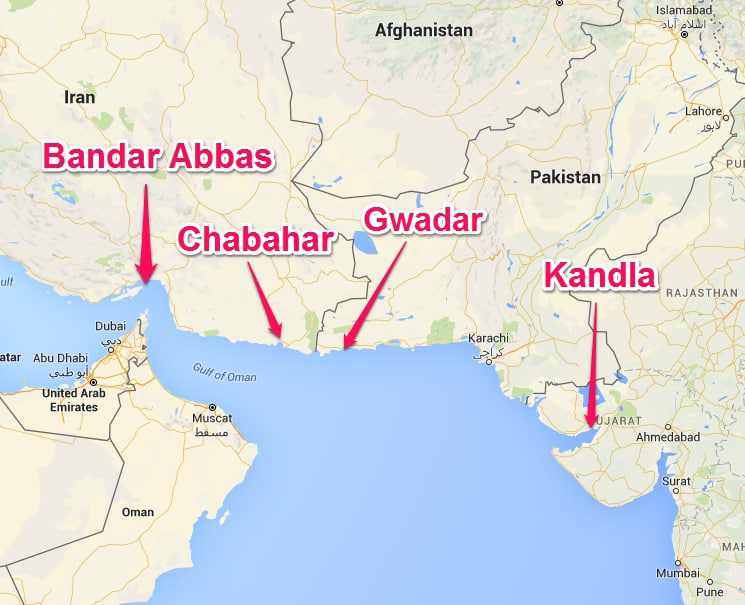
- Chabahar is located at the mouth of the Gulf of Oman.
- It is only about 170 kilometres west of the Pakistani port of Gwadar.
- Chabahar is Iran’s only oceanic port and the first deepwater port that putting Iran on the global oceanic trade route map.
|
- It is situated in Sistan and Baluchistan Province on the Makran coast.
India in Chabahar Port
- There are two main ports in Chabahar – the Shahid Kalantari port and the Shahid Beheshti port.
- The Shahid Kalantari port was developed in the 1980s.
- Iran offered India the project of developing the Shahid Beheshti port.
- The Chabahar Project was signed in 2003, and the port is being developed in four Phases.
- India, Iran, and Afghanistan signed a trilateral agreement in April 2016, leading to the rapid development of work in Chabahar.
- The two countries signed an initial agreement in 2016 for India to develop and operate the port’s Shahid Beheshti terminal for ten years.
- Several factors, including differences in some clauses in the pact, have delayed the finalisation of the long-term agreement.
- E.g. Clause related to jurisdiction for arbitration in case of disputes.
- Several factors, including differences in some clauses in the pact, have delayed the finalisation of the long-term agreement.
- In 2017, the first phase of Shahid Beheshti port was inaugurated.
- One of the critical projects of keen interest to India and Iran was the linking of Chabahar Port to the Zaranj-Delaram Highway in Afghanistan.
- This is a 215 km long highway that was built in Afghanistan with assistance from India.
Significance of Chabahar Port
India-Iran Relations
- It will Boost trade ties, diplomatic ties, and military ties with Iran.
- With the set up of Chabahr Port, Iran became a military ally of India.
Alternative Trade Route
- India’s access to Afghanistan and Central Asia has been dependent on transit through Pakistan.
- Chabahar Port offers an alternative route that bypasses Pakistan, reducing India’s reliance on Pakistan for trade with Afghanistan and beyond.
Economic Benefits
- It offers India a gateway to the resource-rich and economically vibrant region of Central Asia.
- It can enhance India’s trade and investment opportunities, leading to economic growth and job creation in India.
Humanitarian Assistance
- Chabahar Port can serve as a entry point for humanitarian assistance and reconstruction efforts in Afghanistan.
- To provide aid, infrastructure development support, and other assistance to Afghanistan, contributing to regional stability.
Strategic Influence
- By developing and operating Chabahar Port, India can enhance its strategic influence in the Indian Ocean region.
- It provides India with a ability to counterbalance China’s influence in the region, mainly through its Belt and Road Initiative (BRI).
- Chabahar could be used to counter china’s naval presence in Gwadar port.
Marine Sector
- Chabahar is made of the Persian words Chahar, meaning four, and bahar, meaning spring (A place that has spring in all the four seasons of the year).
- Chabahar is essential for its fishery sector.
Energy Security
- The Port allows India to access energy resources in Iran and the broader region.
- It opens up opportunities for India to invest in Iran’s energy sector & secure stable energy supply.
Strengthening Regional Connectivity
- Chabahar-Zahedan railway line: This will connect Chabahar Port to Afghanistan and further into Central Asia.
- This project enhances regional connectivity and promotes economic integration among countries in the region.
- It will give access to Afghanistan’s Garland Highway, setting up road access to four major cities in Afghanistan – Herat, Kandahar, Kabul and Mazar-e-Sharif.
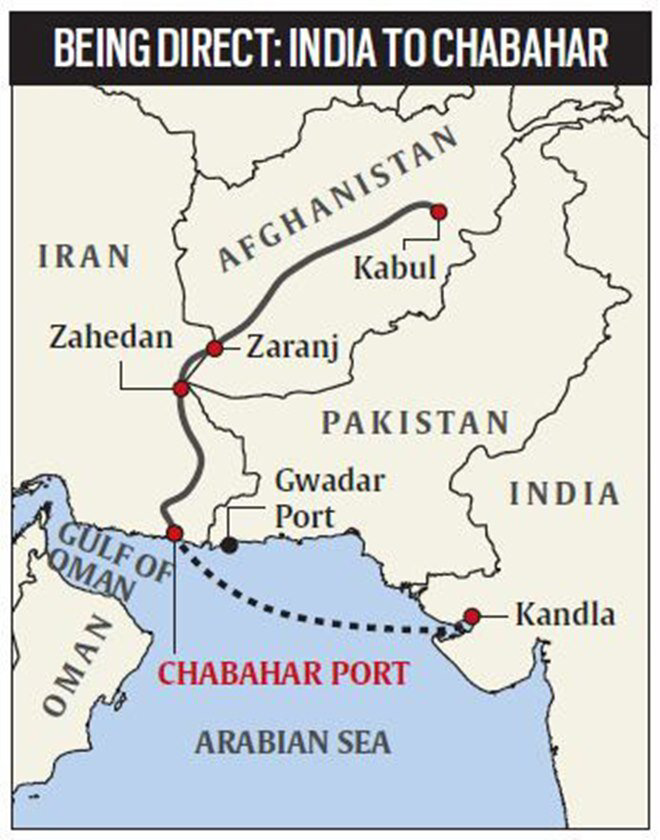
- INSTC: It would give momentum to the International North-South Transport Corridor (INSTC). India and Iran are initial signatories, along with Russia.
- Iran is the critical gateway to this project.
- Transportation Hub: Chabahar aims to become a transportation hub, connecting landlocked Central Asian countries to global markets through a combination of sea, rail, and road routes.
INSTC
|
Enhanced Maritime Trade
- Chabahar Port offers India an alternative maritime route to reach markets in the Persian Gulf, the broader Middle East, and beyond.
- It reduces transit time and shipping costs for Indian goods.
Challenges to realising the complete benefit of the Chabahar Project
- Maximum pressure strategy: The USA’s comprehensive sanctions on Iran have hampered Iran’s ambitions to become a key energy supplier to India.
- The INSTC would require USA’s assistance to accomplish its goal.
- Even if EU agree to lift sanctions, Iran’s access to dollar-dominated markets will be subject to USA’s approval.
- The Chabahar project’s is vulnerable to the region’s current geopolitical climate, including the failure of the JCPOA negotiations.
- Iran-China Relations: Iran’s increasing reliance on Beijing could hurt Indo-Iranian competition and potentially halt connectivity projects.
- India has expressed concerns about the agreement due to the 25-year trade agreement between Iran and Beijing.
Joint Comprehensive Plan of Action (JCPOA)
|
- Delay in the Project: Delay in fulfilling the obligations of developing the Chabahar Port and the Chabahar-Zahedan railway route on India’s part.
- On India’s failure to complete the 624 km railway line on time, Iran may seek more investment from China.
- India sees the Sino-Iranian agreement as a step towards India’s withdrawal from Chabahar Port.






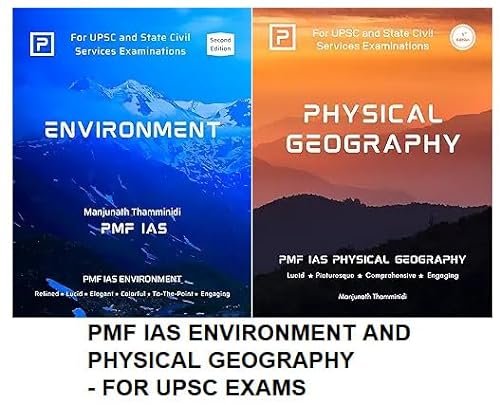
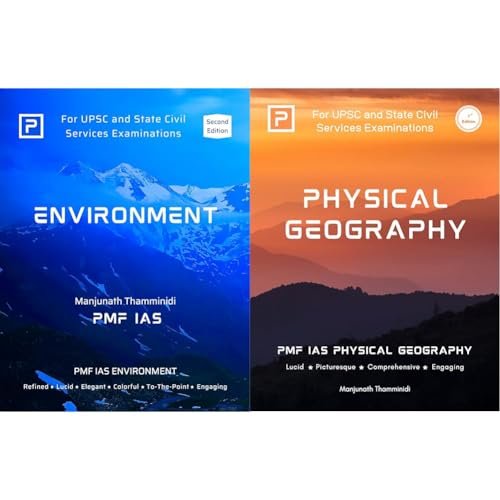
![PMF IAS Environment for UPSC 2022-23 [paperback] PMF IAS [Nov 30, 2021]…](https://pmfias.b-cdn.net/wp-content/uploads/2024/04/pmfiasenvironmentforupsc2022-23paperbackpmfiasnov302021.jpg)




